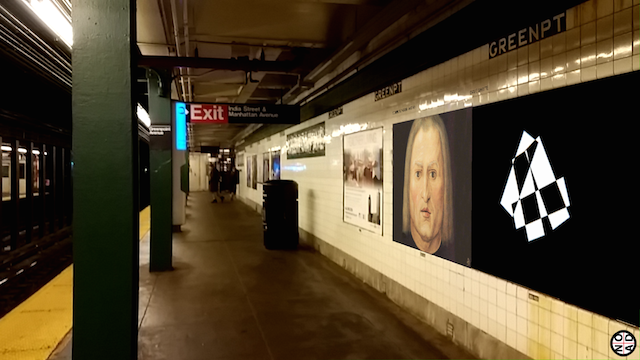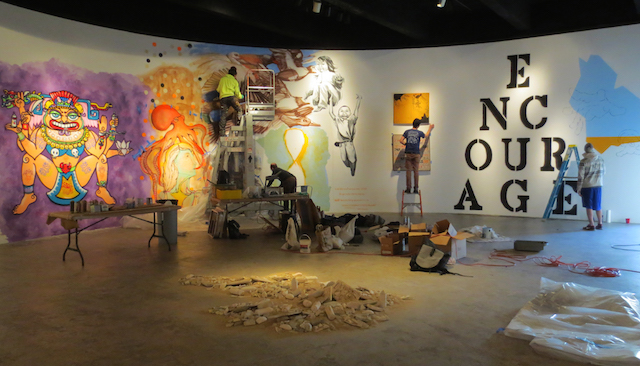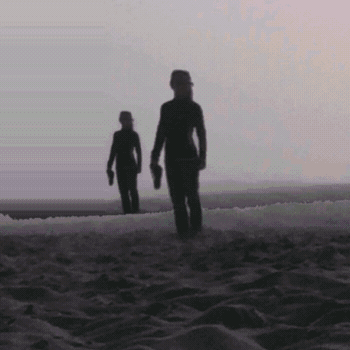
The Memorial Day weekend heralds the start of summer. A quiet moment on a windswept beach where ‘a clear view equals a clear mind’ has changed radically in recent years.
Life begins and ends where the ocean’s tide and sands meet. A stranger on the shore arrives from distant places. Beaches that previously glistened with laughter in the sun have become solemn and tragic: a sad journey’s end for thousands of forgotten migrant families on the run.
Idyllic locations where one might momentarily breathe deep and forget the real world are now faced with a relentless bombardment of social, political and environmental issues. Explores, invaders, refugees, the innocent boys killed at Gaza Beach by war missiles, intruders, and perhaps, even time travelers and aliens from other worlds. All are strangers in search of a new land. New people, like new art, have the power to provoke, agitate, engage and question the status quo.
Digital glitch art has about as much appeal as a loud, buzzing, broken and flickering, fluorescent light. New digital art draws from an old punk aesthetic: ‘three chord art that anyone can play’. Keep it brief; a few seconds at most, simple and fast, annoy and provoke with an uncanny and unique power to engage the viewer. Within a vibration zone of motion-triggered unexpected juxtapositions, digital images are hot-wired, quivering and spatially unsettling with a nonsense/sensibility that evoke the non-commercial, experimentation of No Wave artists associated with that brief scene in downtown New York in the late 70s’/early 80s’.
In my wildest scenarios, I could never imagine the words glitch and beach in the same sentence. While on their vacation this Memorial Day weekend, artists and partners Ryan Seslow and Monique Spier, spontaneously created some new glitch gifs that resonated with me on multiple levels. Their work exists as a refreshing reflection: hinting at the cautionary freedom that permeates the world today.
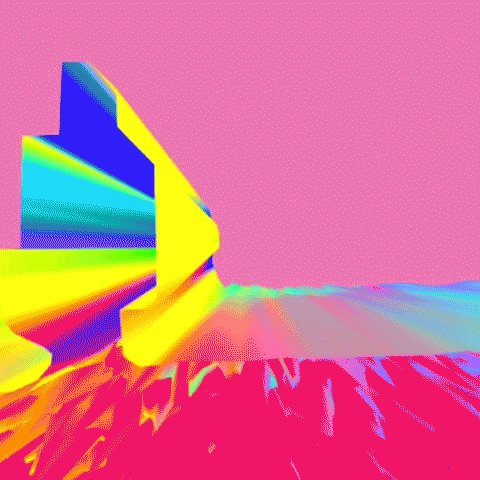
New media, a combination of visual and audio tools, echo the progressive experimentation of artists like László Moholy-Nagy almost a century ago. In Seslow and Spier’s gifs, there exists a lingering sense of reminiscence that evoke Yves Tanguy’s lonely landscapes of desolate gray sky beaches that transform, transport and confuse the viewer in the same moment. An expectation that maybe something better might happen just beyond the horizon.
In the 1968 movie Planet of the Apes, the last scene and dialog is shot at Point Dume on the Californian coast. The promontory is ‘matte painted out”, replaced with a rusted Statue of Liberty, informing the viewer that this is New York City in the distant (maybe near) future.
“Oh my God. I’m back. I’m home. All the time, it was… We finally really did it. You Maniacs! You blew it up! Ah, damn you! God damn you all to hell!”
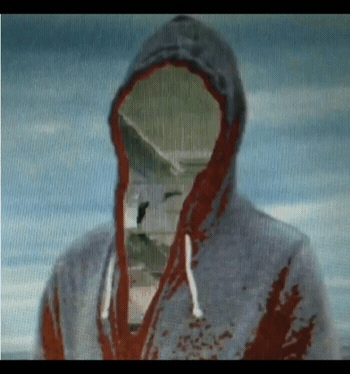
The ebb and flow of our oceans is less about growth and more about erosion due to radioactive tides, floating trash that pollute pristine coastlines with plastic carcinogens, accidental oil spill sludge, as well as flooding, hurricanes and other natural disasters due to global warming and climate change.
And never forget… the constant reckless beachfront overdevelopment by greedy real estate moguls.
We’ve reached a critical juncture where both our beaches and our politicians are extremely toxic and polluted. Let’s work to protect our beaches so they continue to be places of peace and remain a natural habitat for all living things instead of an arid and lifeless landscape for future generations.
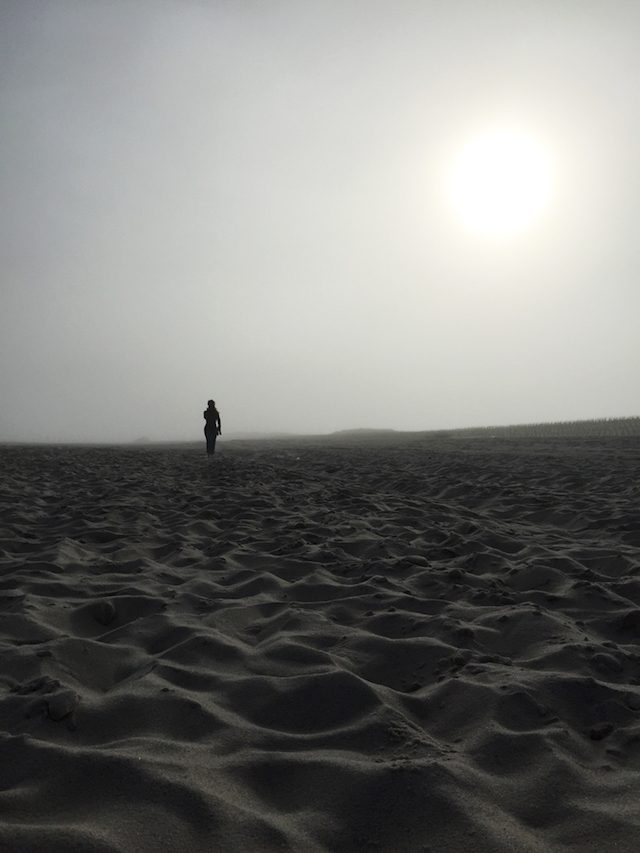
Photos and gifs by Ryan Seslow and Monique Spier

